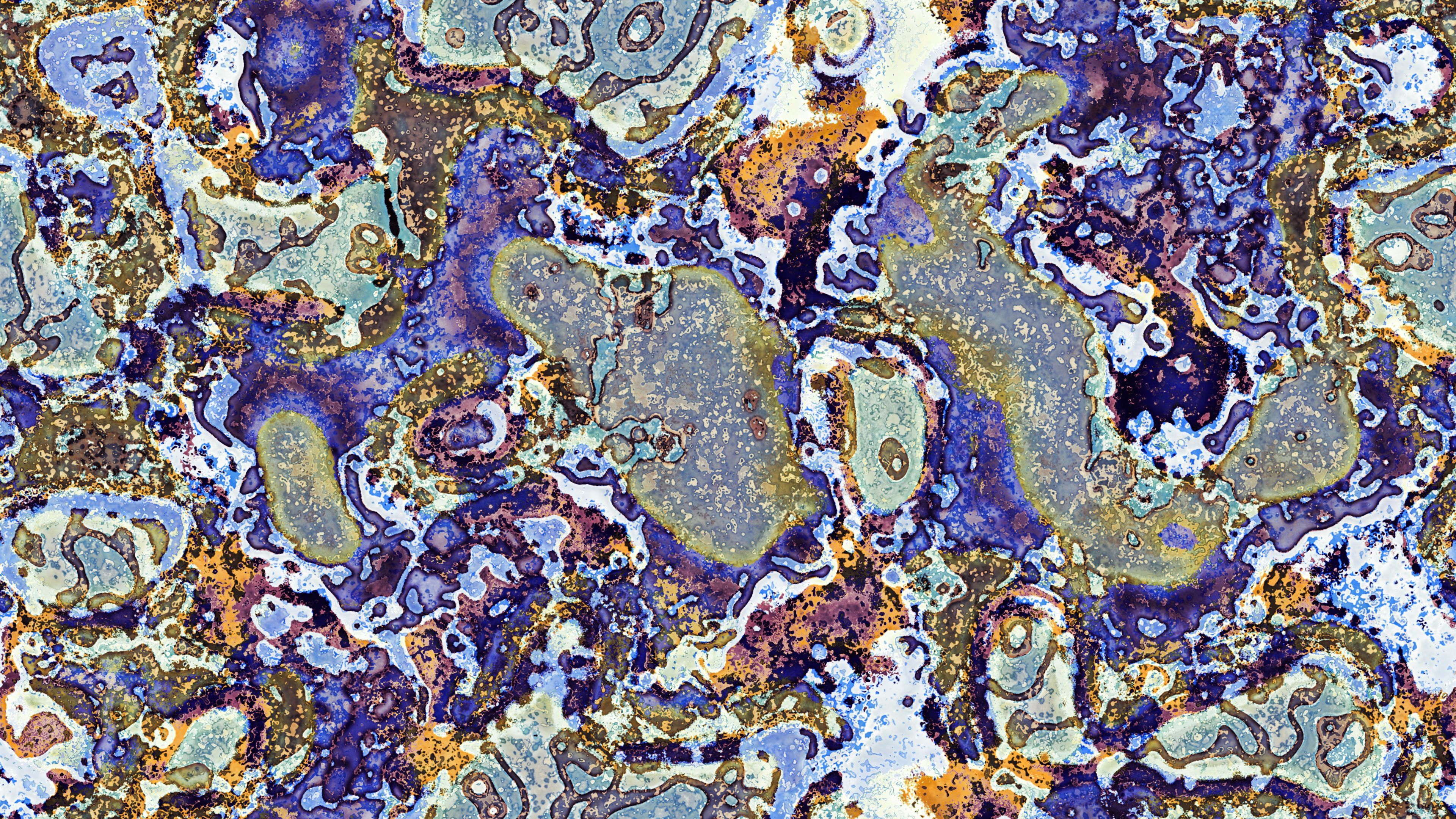

The heat convection due to thermocapillary flow inside the melt pool is resolved by the finite volume method for a real and accurate temperature field, while an enriched grain nucleation scheme is implemented to capture epitaxial grain growth following the mechanism identified from experiments. In this work, a 3D cellular automaton method is coupled to a finite volume method to predict the grain structure of an alloy, e.g. However, the effect of these thermal profiles on the microstructure is not thoroughly understood. N2 - Additive manufacturing (AM) processes produce unique microstructures compared with other manufacturing processes because of the large thermal gradient, high solidification rate and other local temperature variations caused by the repeated heating and melting. CPS/CMMI-1646592 and by the Center for Hierarchical Materials Design (CHiMaD) under grant no. This work was supported by the Beijing Institute of Technology Teli Young Fellow Recruitment Program, and in part by National Science Foundation (NSF) Cyber-Physical Systems (CPS) under Grant No. T1 - A cellular automaton finite volume method for microstructure evolution during additive manufacturing The 3D cellular automaton finite volume method results establish our approach as a powerful technique to model grain evolution for AM and to address the process-structure-property relationship.", Simulated microstructure results are shown to be in qualitative agreement with experimental result and the effects of the process parameters on both thermal characteristics and the grain structure are identified. The 3D cellular automaton finite volume method results establish our approach as a powerful technique to model grain evolution for AM and to address the process-structure-property relationship.Ībstract = "Additive manufacturing (AM) processes produce unique microstructures compared with other manufacturing processes because of the large thermal gradient, high solidification rate and other local temperature variations caused by the repeated heating and melting.

Additive manufacturing (AM) processes produce unique microstructures compared with other manufacturing processes because of the large thermal gradient, high solidification rate and other local temperature variations caused by the repeated heating and melting.


 0 kommentar(er)
0 kommentar(er)
